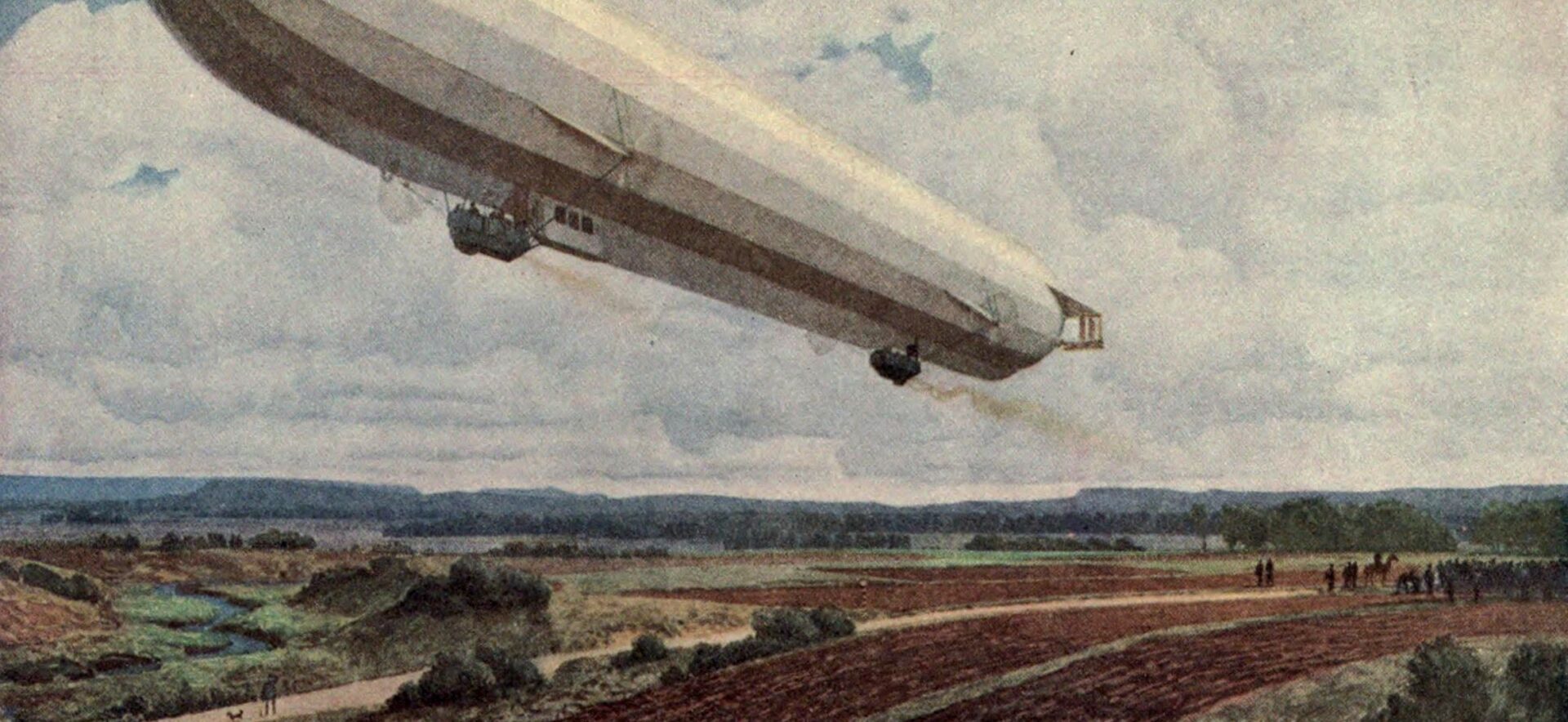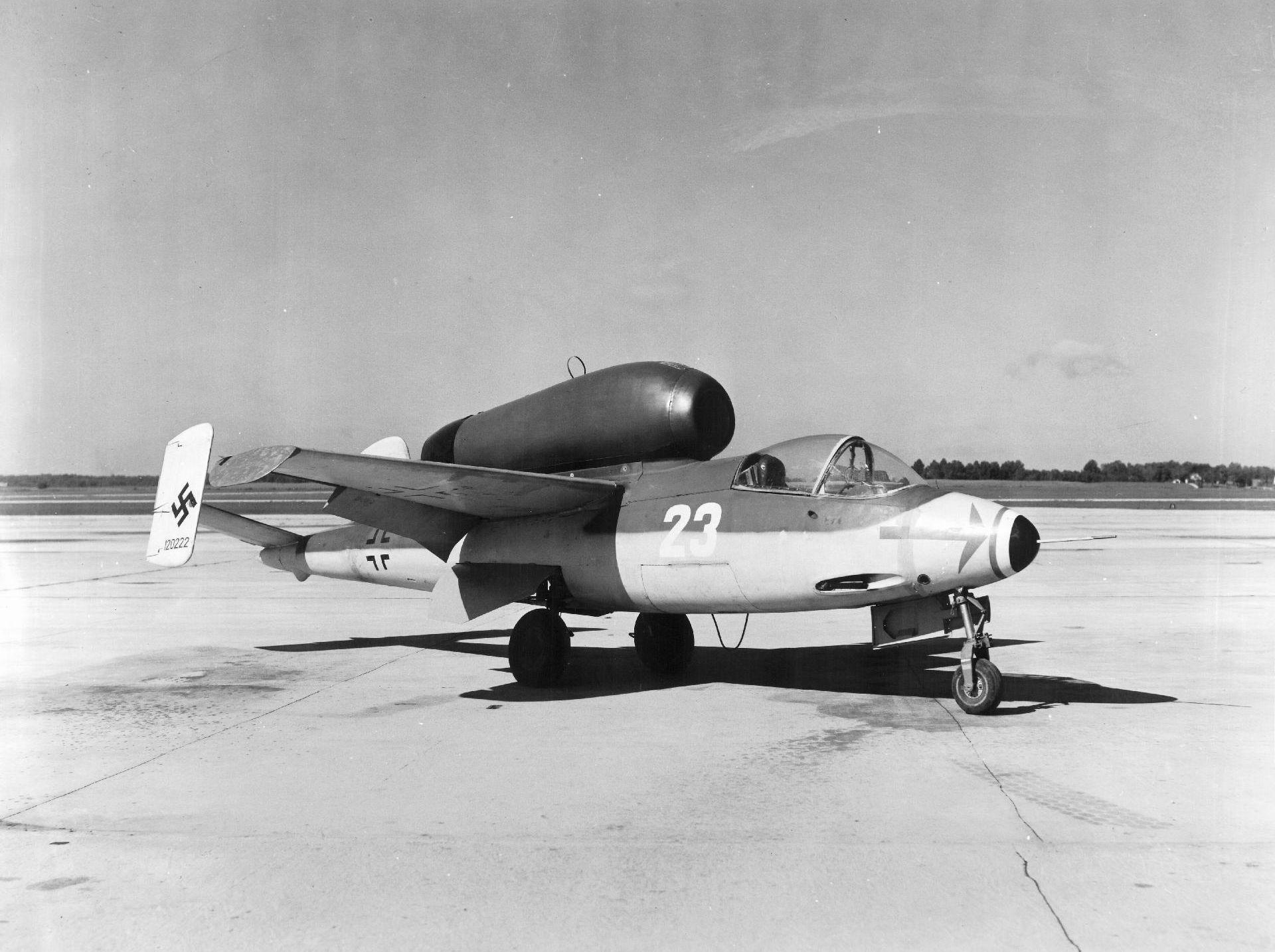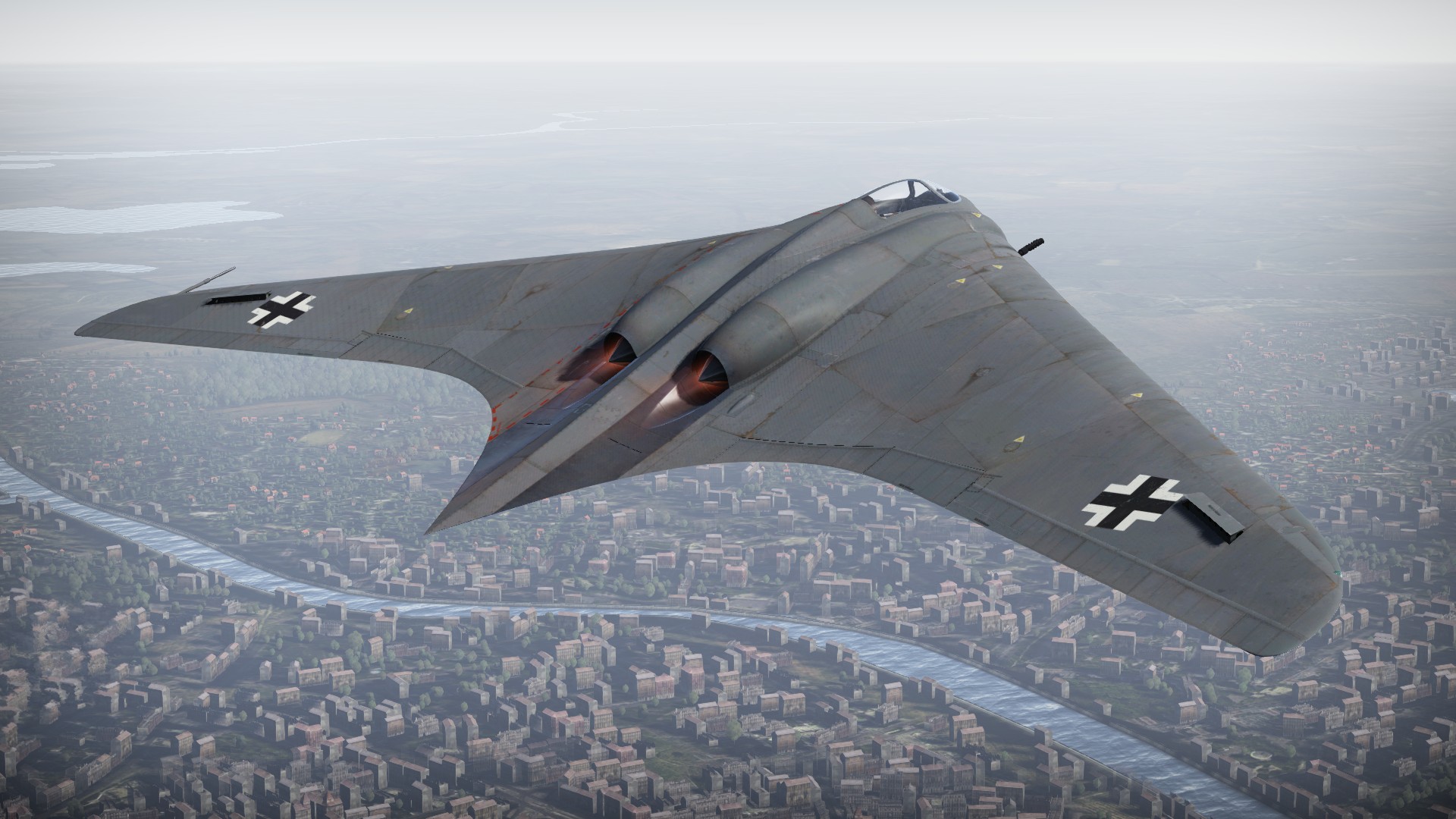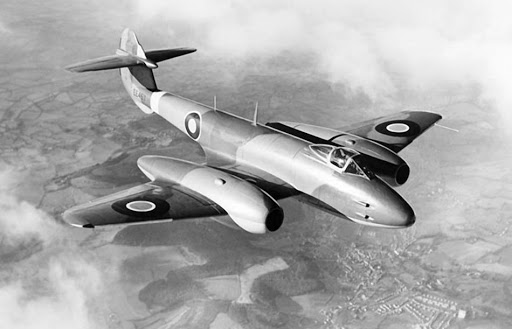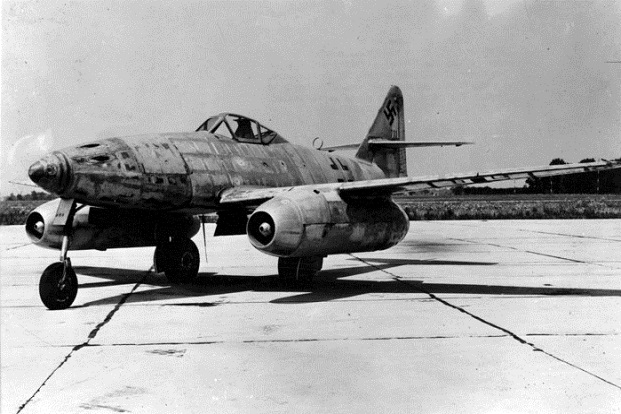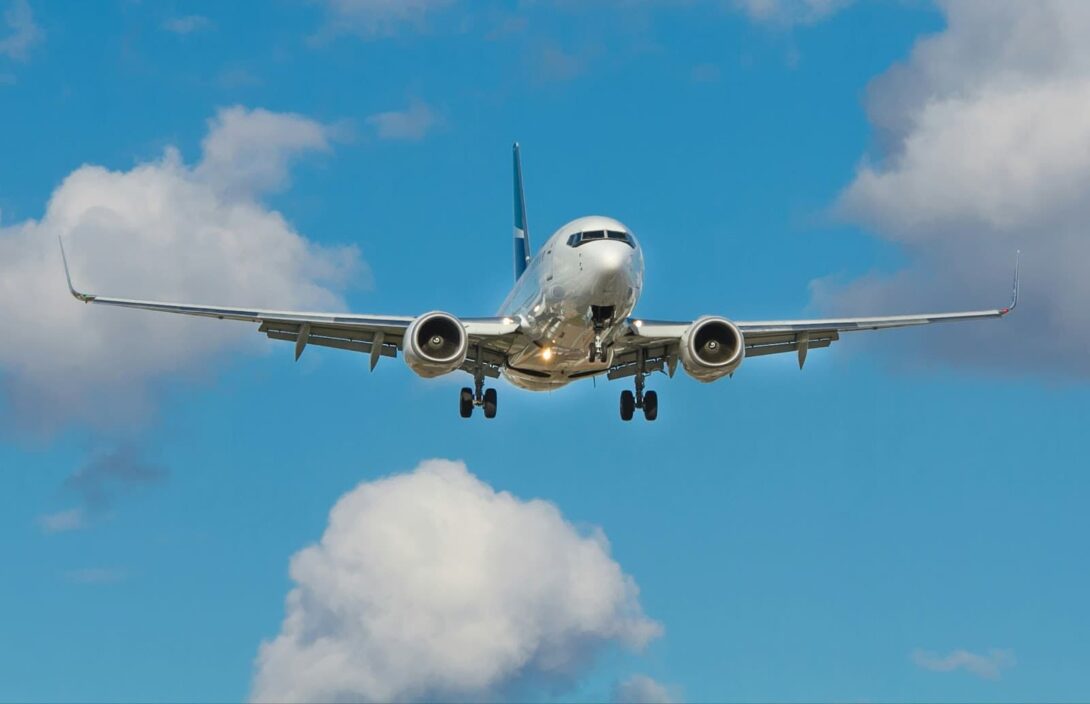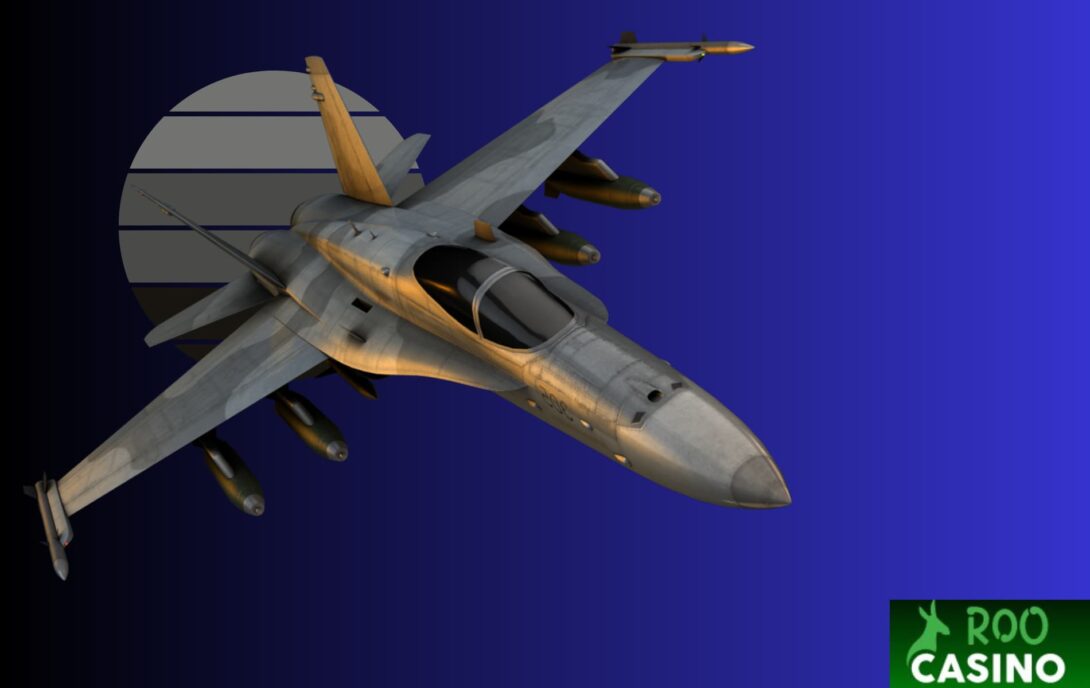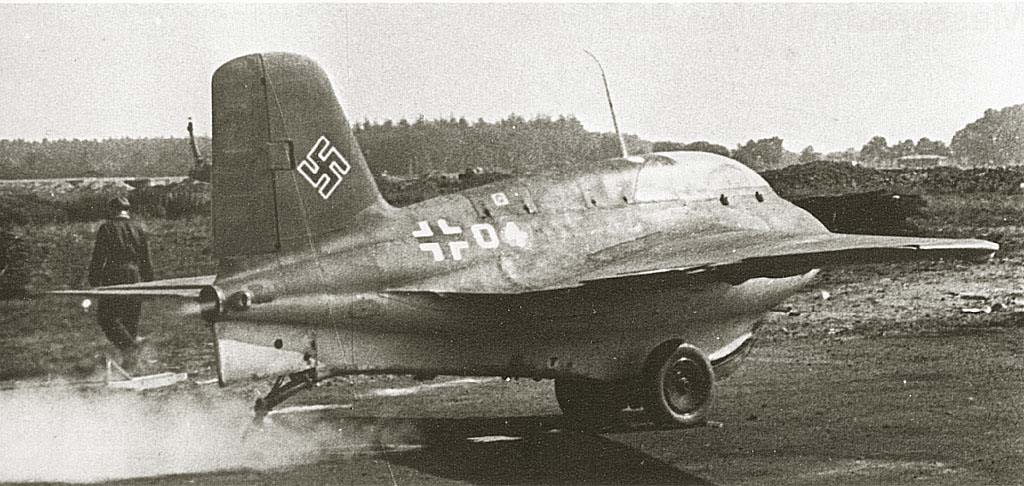
The first use of airships for bombing
During the First World War, airships were widely used. The first bombing raid on Paris is carried out by new German airships.
By the second year of World War II, German industry had mastered the production of airships – air ships capable of covering great distances under almost any military conditions. It is not surprising that on the agenda of the German command were plans for the combat use of airships in combat conditions. In March 1915, after a series of test sorties, it was decided to use them to bombard targets deep behind enemy lines. And the first such object was the capital of France, Paris, which was bombed on the night of March 20-21, 1915.
The bombing of Paris
On March 20, 1915, three German airships Z-10 (Zeppelin), LZ-35 (Land-Zeppelin) and LZ-11 (Schütte-Lanz) set off for a night raid. Having flown to Paris, they started bombing. A possible arrival of German Zeppellins was expected in Paris, but the blackout regime was not observed – the whole city was flooded with electric lights. This made it easier for the German pilots to complete the combat mission. The beams of searchlights darted across the sky and tried to snatch the ominous silhouettes of zeppellins from the darkness, and anti-aircraft guns opened fire on them. However, the work of searchlights and anti-aircraft guns was poorly coordinated: often searchlights were beaten in one direction, and anti-aircraft batteries in the other. Nevertheless, the latter soon managed to damage the LZ-11 airship with their fire. The huge machine was forced to drop its bomb supply on the suburb of Paris Compiegne (where the headquarters of one of the armies was located) and head towards the German positions. The airship made it safely to the site, but due to the damage it received, it was soon written off and dismantled. Two other German zeppelins, having dropped one and a half tons of bombs in an hour and a half, also headed back towards Germany. True, only LZ-35 returned home, Z-10 was shot down on the way.
The bulk of the German bomb supply fell on the outskirts of Paris, only six incendiary bombs were dropped on the capital itself. A number of buildings were destroyed, and 17 people were injured. The psychological demoralizing effect was overwhelming. In the French capital, panic was noted, and heated debates unfolded in parliament. The press also actively discussed the tragic night incident.
Lessons learned by the French
To prevent such raids in the future, the French took a number of measures: they modernized their anti-aircraft artillery and improved the level of training of anti-aircraft gunners, established a fairly effective anti-aircraft defense and the production of shells that explode at a certain height. These measures led to the fact that subsequent raids by German airships began to be accompanied by large losses among them (approximately three out of four cars were killed).
In addition, fighter aircraft gradually began to improve. And therefore, despite the fact that throughout the world war the Germans more than once used zeppelins as a means of bombing enemy positions at the front and in the rear, the inefficiency of this type of aircraft compared to combat aircraft over time became obvious.
